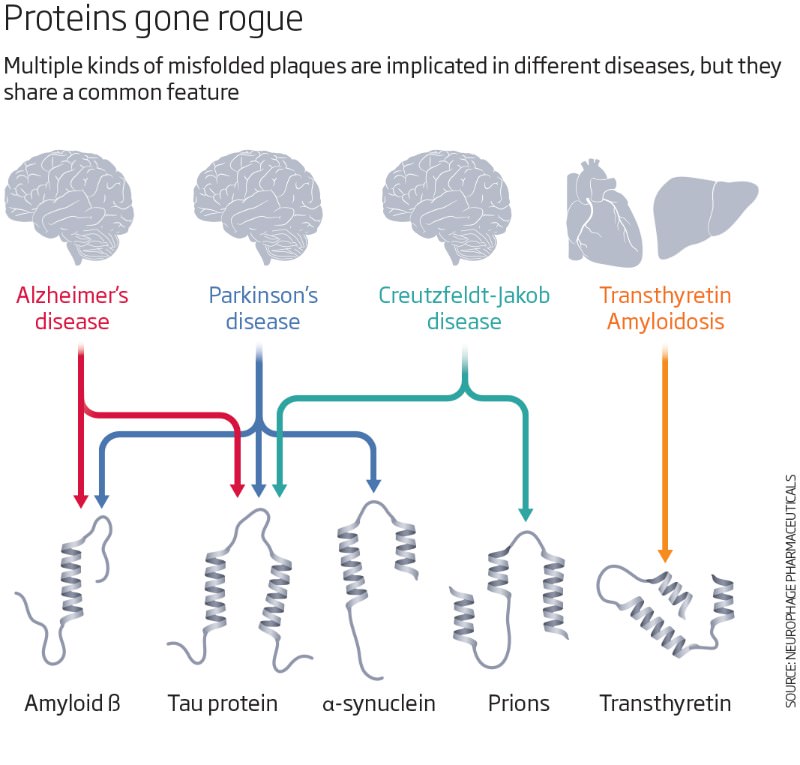I'm taking Dr. Hunt's
History of Wine course at Stanford University CSP - a great learning experience. Wine fascinates me not only because (in moderate amounts) it stimulates creative thinking. From
an inventor perspective, wine is interesting because it defies the common wisdom "Necessity is the mother of invention." We, humans, invented and perfected an incredible variety of wines and spirits just to make our lives more enjoyable. Arguably, the invention of wine turned enjoyment into a necessity in the modern society. Since enjoyment is a highly subjective matter, wine can serve as our entry point into the world of studying how attitudes affect human perceptions and thinking.
In 2007, a group of scientists from CalTech used wine tasting to study the impact of marketing on people's brains.
It's been widely reported that when subjects know the price of wine they consistently give high ratings to expensive wines. It's also known that in blind trials subjects don't find much difference between expensive and cheap wines. The important questions are, "How does the price information skew our brainwork? Does expensive wine taste better because we anticipate a better tasting experience from an implicit marketing message that a higher price means a higher product quality?" Here's an excerpt from the
published paper:
Because perceptions of quality are known to be positively correlated with price (9), the individual is likely to believe that a more expensive wine will probably taste better. Our hypothesis goes beyond this by stipulating that higher taste expectations would lead to higher activity in the medial orbitofrontal cortex (mOFC), an area of the brain that is widely thought to encode for actual experienced pleasantness (6, 10–16). The results described below are consistent with this hypothesis. We found that the reported price of wines markedly affected reported EP and, more importantly, also modulated the blood-oxygen-level-dependent (BOLD) signal in mOFC.
In short, a $90 price tag activated the brain's pleasure center more than a $10 one - an almost 10X impact! Since in both cases researchers used the same wine, areas of the brain responsible for the more basic perceptions, including smell and taste, did not make any difference. The findings of the study was consistent with
the placebo effect. External marketing information dominates internal perceptions.
As an exercise in creative thinking, we can try to use these results beyond the realm of wine tasting. For example, how does a perceived value of a startup or its founders affect the valuation in the early stages of financing when no objective data can be found yet? Are
hype cycles are endemic in the high-tech industry because there's an inevitable time gap between the real and imaginary results of proposed innovations? Is
the Mathew Effect hardwired into human brains?
tags: effect, brain, entrepreneurship, biology, research, science, perception, hype














